-
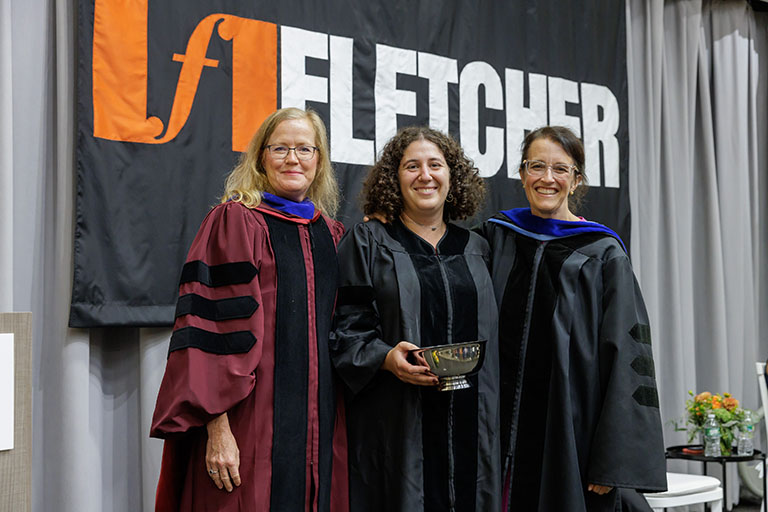
Hear from Professor Monica Toft
Learn how Professor Monica Toft is shaping the study of global affairs and diplomacy at Fletcher.
Hear from Prof. Toft -
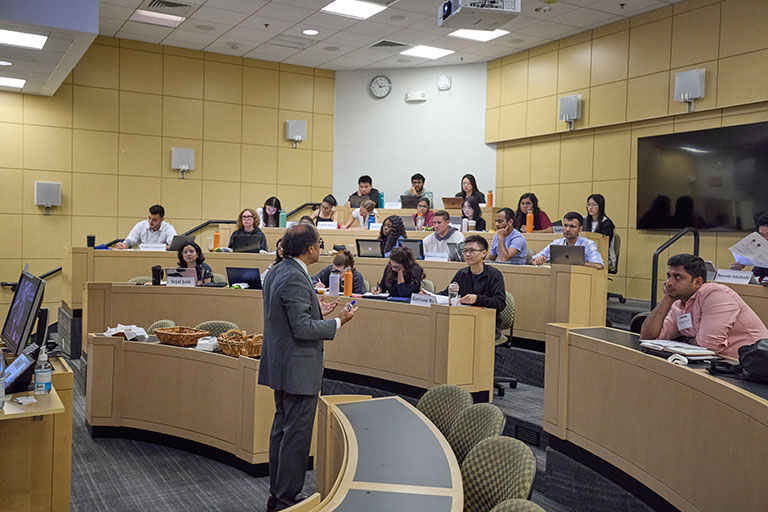
Explore Fletcher academics in action
Fletcher Features offers insights, innovation, stories and expertise by scholars.
Get global insights -
Get application tips right from the source
Learn tips, tricks, and behind-the-scenes insights on applying to Fletcher from our admissions counselors.
Hear from Admissions -
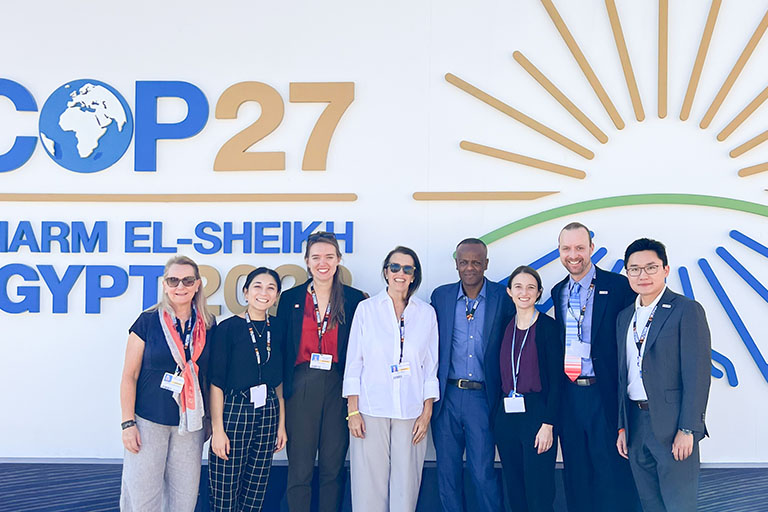
Research that the world is talking about
Stay up to date on the latest research, innovation, and thought leadership from our newsroom.
Stay informed -
Meet Fletcherites and their stories
Get to know our vibrant community through news stories highlighting faculty, students, and alumni.
Meet Fletcherites -

Forge your future after Fletcher
Watch to see how Fletcher prepares global thinkers for success across industries.
See the impact -
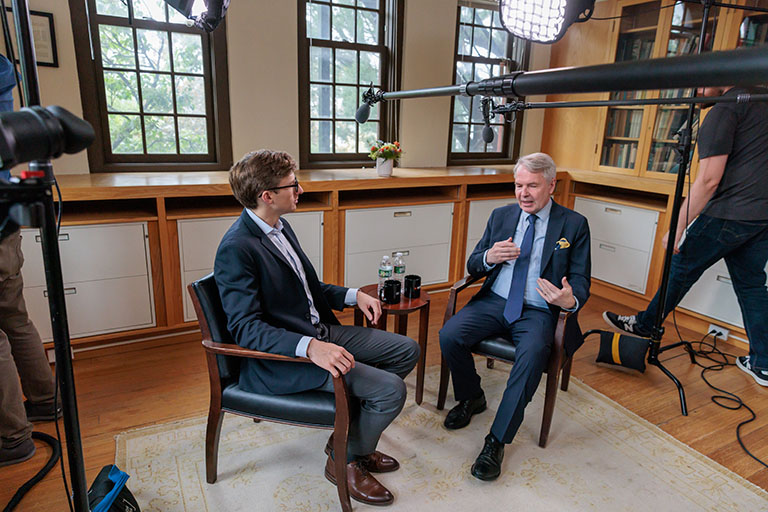
Global insights and expertise, on demand.
Need a global affairs expert for a timely and insightful take? Fletcher faculty are available for media inquiries.
Get in Touch
A Global Picture of Climate Investment
Fletcher’s Climate Policy Lab publishes Global Public Energy Research Development & Demonstration Expenditures Database
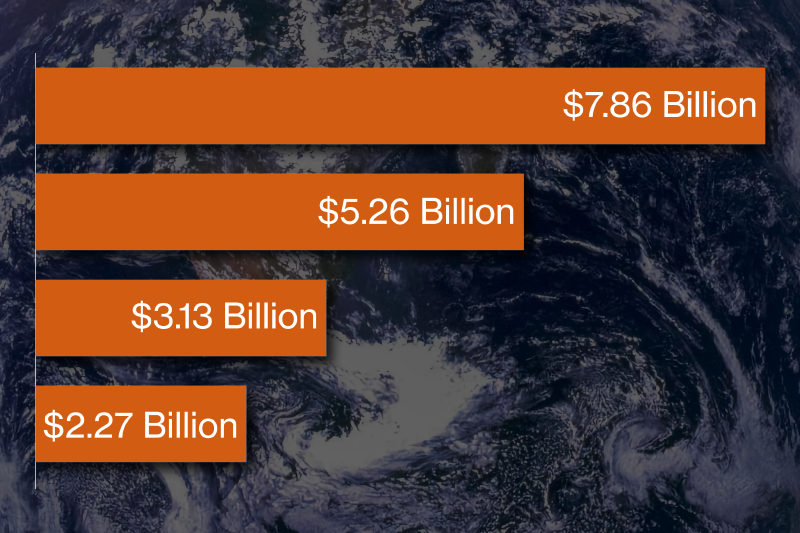
While the world celebrates Earth Day this weekend, researchers at Fletcher’s Climate Policy Lab (CPL) have been busy researching climate investment year-round—for over 10 years.
Last month, CPL published its Global Public Energy Research Development & Demonstration (RD&D) Expenditures Database. Representing over a decade of research, the dataset was a heroic effort. Academic Dean Kelly Sims Gallagher and University of Cambridge Professor Laura Diaz Anadon began the project by compiling a comprehensive database on the United States Department of Energy RD&D and deployment spending. Gallagher and colleagues from Harvard’s Belfer Center subsequently expanded the dataset to include Brazil, Russia, India, Mexico, China, and South Africa (BRIMCS) from 2000 to 2008. Later, Gallagher enlisted the support of research assistants and postdoctoral candidates at CPL to delve into reports from international organizations, ministries, and local organizations to continue updating the dataset.
“The data appear as an interactive visualization of annual public investments in energy research, development, and demonstration (RD&D) across 39 countries since 2000,” wrote Postdoctoral Scholar Zdenka Myslikova F15 PhD21, on the CPL blog. “This visualization is the culmination of a major effort to provide a global picture of energy RD&D investments based on the review of local documents.”
Myslikova joined CPL with the idea of investigating green technology innovation shortly after Mission Innovation’s formation in 2015. An initiative of 23 countries and the European Commission, Mission Innovation was designed to accelerate investment in breakthrough clean energy technologies in both industrialized and industrializing countries.
“Clean energy technology is one of the important tools in the efforts to decarbonize economies and to address climate change,” said Myslikova. “Mission Innovation countries decided that they would double their clean energy research, development, and demonstration public expenditures to make sure they accelerate significantly the pace of innovation in clean energy and spur the adoption.”
CPL, in turn, made it their mission to assemble as comprehensive a look at this investment as possible. Critical to compiling CPL’s dataset was their cooperation with the International Energy Agency (IEA). Recognizing, however, that many countries are not members of the IEA, CPL set out to collect all of the data they could find for nonmember countries; many of these countries lacked both the data and the capacity to collect it.
“How could research and development expenditures be measured for these countries if they don’t collect data?” asked Myslikova. “We identified the data gaps, which countries report and which did not, and we decided to delve into those that did not and see if and what we could find in their internal reports.”
The BRIMCS countries comprised a critical bloc of these nonmember countries and represented a significant interest for the dataset given their economic growth and importance on the global stage. In seeking out this data, Myslikova was surprised by how even local officials weren’t sure whether such reports existed, and she was excited to see how willing they were to support CPL’s efforts.
Preparing the dataset for public use, researchers at CPL wanted people to interact with their findings and not simply download a spreadsheet. Travis Franck, assistant research professor and climate modeling and policy director, helped develop a web visualization with useful tools for policymakers, businesspeople, academics, and the general public to map and filter the database.
“When you can visualize something, suddenly new bulbs switch on,” said Myslikova. “You suddenly can ask new questions you might not have even been thinking of before. I have been so in the dataset, in Excel, but now being able to play with the figures across the years and different categories—it makes a difference.”
With insight from the data visualization, Myslikova noted a couple of key highlights. She was surprised by India’s investment with nuclear energy, and she reflected upon the role of China in energy investment.
“Looking at the comparison between the U.S. and China can be actually stimulating for the two countries,” she said, noting that the race to the top contains the potential to inspire more ambitious investments.
From data collection to visualization, Myslikova noted that Fletcher’s global community of scholars and students provided essential support. With contributions from experts from different countries, the team transcended language barriers and accessed reports unavailable in English. Additionally, research assistants brought important context from their home countries to interpret the data more thoroughly.
Since the dataset has been released, Myslikova noted that people have reached out, sharing what kinds of additional datapoints would be useful for them in the future.
“We aim to make it widely available so there will be people who are just playing with it and suddenly say, ‘Hmm, there is something that stands out to me,’ and they would want to learn more.”
Explore the Climate Policy Lab’s RD&D dataset.

